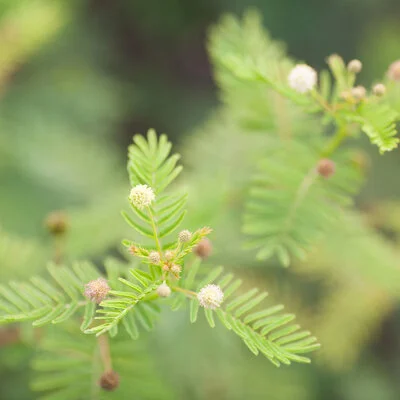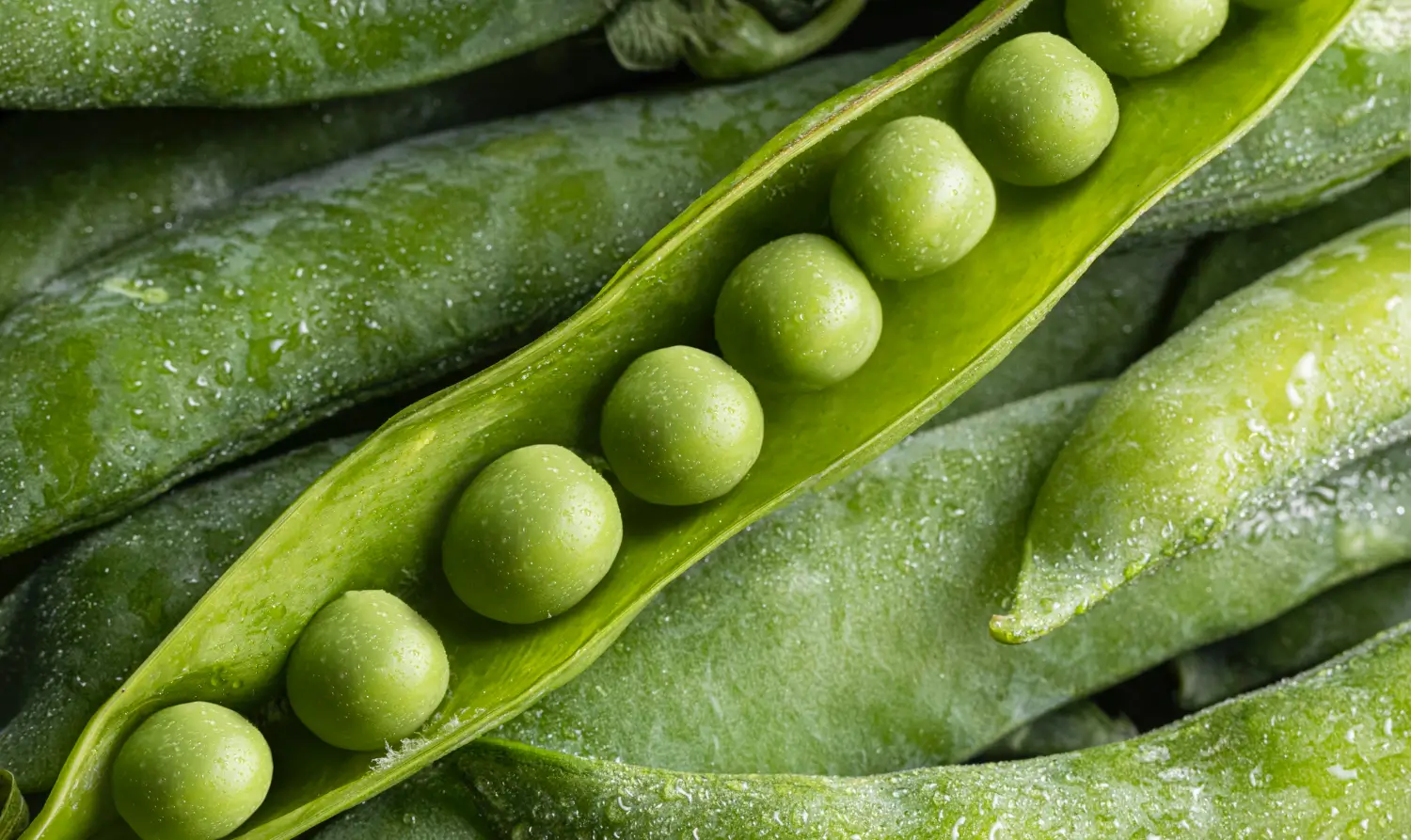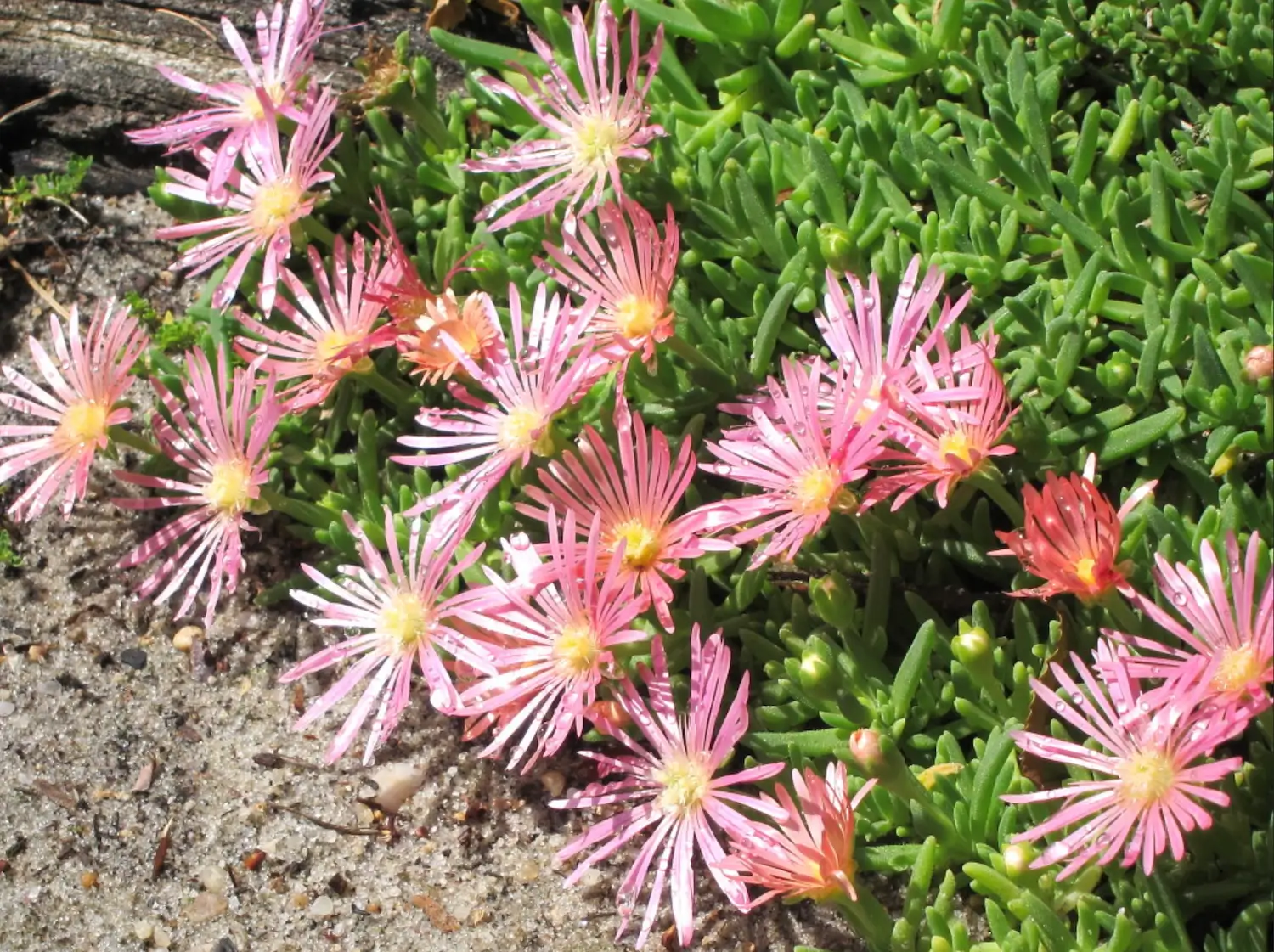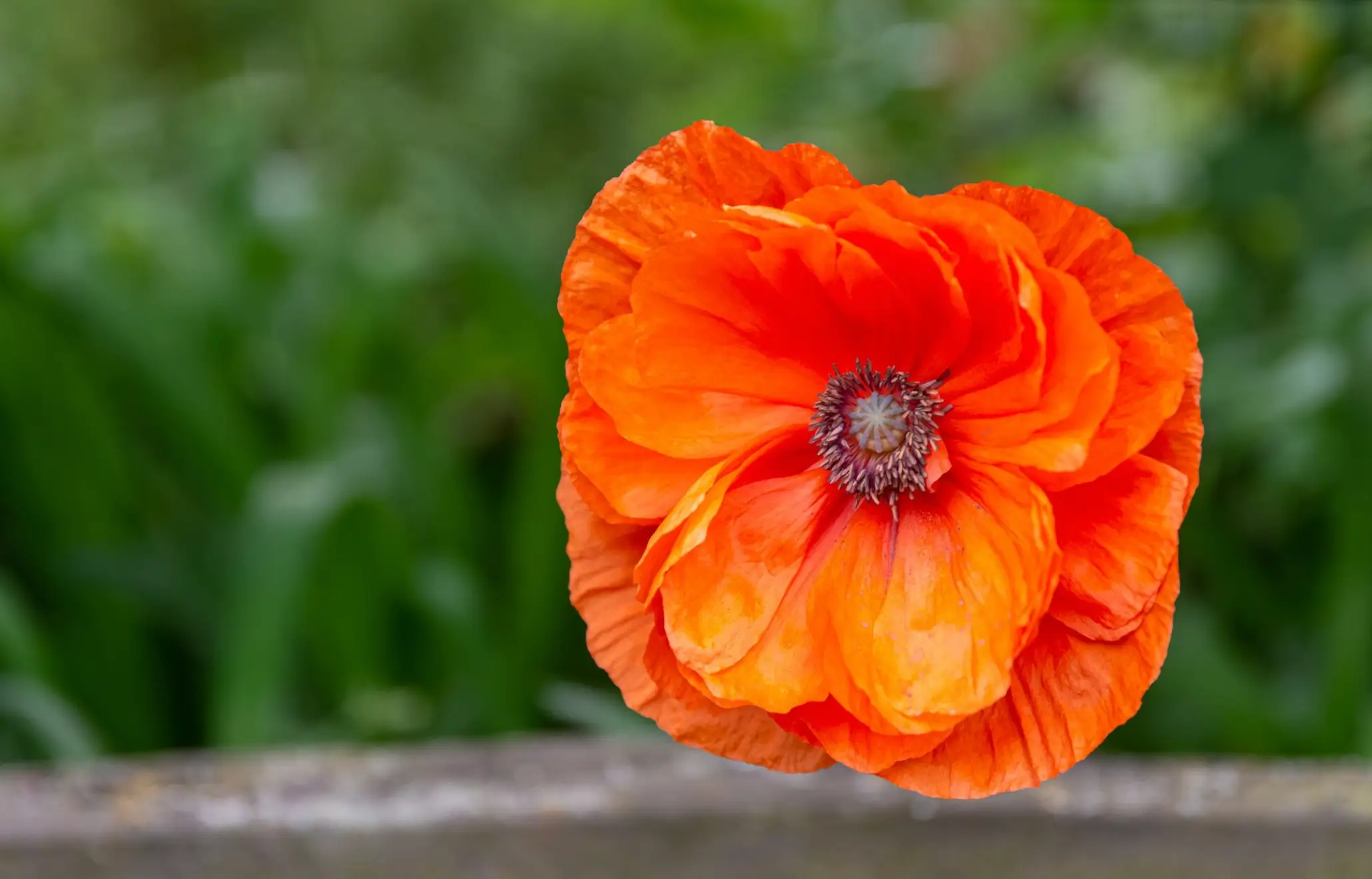
Soil Health & Fertilization
We unite suppliers and green industry professionals worldwide
The Illinois Bundleflower is a homegrown annual plant that can grow in rough conditions. It provides a diversity of ecological and practical advantages.It fits the mild climate, but is admired because of its ability to survive in even poor soils.
By Mariam Scott
|Published on September 19, 2025


The Illinois Bundleflower (Desmanthus illinoensis) is a homegrown annual plant that can grow in rough conditions. It provides a diversity of ecological and practical advantages. It is a strong plant of the legume family that has a distinctive look and eco-related benefits, especially when it comes to prairie restoration and wildlife habitat.
It is native to the tallgrass prairies of the central United States and belongs to the Desmanthus genus. It has several species, most of them in North and South America. The Illinois Bundleflower fits the mild climate, but is admired because of its ability to survive the reviving cases of poor soils.
| Scientific Name | Desmanthus illinoensis |
| Common Names | Illinois Bundleflower, Prairie Bundleflower, Illinois Sensitive Plant |
| Family | Fabaceae |
| Genus | Desmanthus |
| Species | Desmanthus illinoensis |

September 25, 2025
9 minute read
September 24, 2025
9 minute read
September 23, 2025
10 minute read
September 22, 2025
9 minute read


Join as a seller and connect with thousands of B2B buyers nationwide!
Sign Up

Garden Peas
Garden peas (Pisum sativum) have been a staple in gardens as well as in kitchens for years. They taste sweet and are soft.

Ice Plant
Ice Plant is a drought-resistant succulent plant that is ideal in low-maintenance gardens and xeriscaping.

Iceland Poppy
Iceland Poppy ( Papaver nudicaule ) is a flashy, hardy perennial known for its delicate, yet animated flowers.

Fenugreek
Fenugreek is a cook´s all-around aromatic herb, and leaves as well as seeds are used in cooking. It has been used for thousands of years in culinary, herbal medicine and traditional remedies and holds a high ranking status across cultures globally.
Illinois Bundleflower is a perennial plant, and the following are its characteristics:
Illinois Bundleflower is not only beautiful, but is also practically and ecologically useful in many ways:
Illinois Bundleflower is extremely adaptive and may grow in many habitats. Yet to develop to its full potential, there should be some conditions:
The Illinois bundleflower seed shape is rounded and small, smooth and light brown or tan.
The Illinois Bundleflower seed has conditions of growth that need to be supplied, depending on the environment in which it is planted:
Illinois Bundleflower seeds are typically strong and highly germinable, provided that they are kept and treated.
The easy propagation of Illinois Bundleflower makes it a good garden plant to use, even for people attempting green gardening.
Illinois Bundleflower is relatively pest-free, but it does get a few common garden pests:
To ensure the proper longevity, Illinois Bundleflower seeds should be maintained properly:
Illinois Bundleflower is a strong, flexible plant that benefits the ground and animals. It grows in dry locations and can even grow in poor soils, and it appears beautiful all year round. The plant grows easily from seed and does not require much attention when it has become established. Due to these factors, Illinois Bundleflower will be a great addition to any garden or preservation project for a novice gardener or a more advanced gardener.
Illinois Bundleflower seeds typically germinate in 7-14 days under ideal conditions.
Yes, it can be grown in pots, but make sure it is a container that is good for drainage and big enough to allow for the spread of roots.
Pests usually do not bother most plants, but they may be infested with aphids, caterpillars, or powdery mildew. All of them can be managed under the appropriate care.

Soil Health & Fertilization
Victor Miller

Pest Identification & Prevention
Victor Miller

Lawn Care Tips & Maintenance
Victor Miller

Soil Health & Fertilization
Victor Miller

Smart Irrigation Systems
Victor Miller

Patios, Walkways & Driveways
Victor Miller

Soil Health & Fertilization
Victor Miller

Pest Identification & Prevention
Victor Miller
My Account
Our team is always here to help.
We are open Monday - Friday, 9:00 AM to 4:30 PM PST.